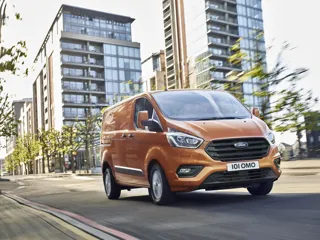The European Automobile Manufacturers’ Association (ACEA) is urging the European Commission to take into account the specific complexities of the truck market when setting CO2 emission standards.
The Commission is due to publish proposals next week.
“Unlike passenger cars, trucks are not consumer goods. They are working tools used by small and large businesses alike,” said ACEA secretary general, Erik Jonnaert.
Indeed, most trucks are custom-built to meet the requirements of customers, who use them for a wide variety of different jobs or ‘missions’ – ranging from long-haul and regional transport, to urban delivery or municipal services. There are literally thousands of different shapes and sizes of trucks.
“Put simply, trucks are not big cars, he said. “So, when designing CO2 standards for heavy-duty vehicles, policy-makers should not fall into the trap of simply mirroring the approach used for passenger cars.”
Likewise, some stakeholders are oversimplifying the debate by comparing the CO2 emissions of trucks with those of cars on a per-vehicle rather than a per-load basis.
But in fact, while trucks account for one fifth of EU transport-related CO2 emissions, they are responsible for carrying more than 70% of all land-based freight, says the ACEA.
Several stakeholders have also been putting forward their own proposals for CO2 emission reduction levels. However, as these proposals use completely different timeframes and baselines, they are not directly comparable, it argues.
Jonnaert said: “Given the varying framework conditions behind these different numbers, we need to be careful not to compare apples with pears.”
From 2019 onwards, all EU truck manufacturers will use the same calculation tool (VECTO) to declare and report the CO2 emissions from a wide range of trucks. For this reason, 2019 would be the most robust baseline for future targets, says the ACEA.




















Login to comment
Comments
No comments have been made yet.